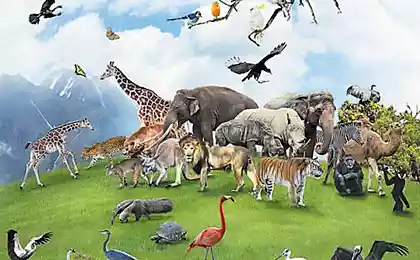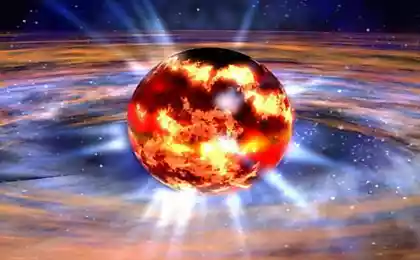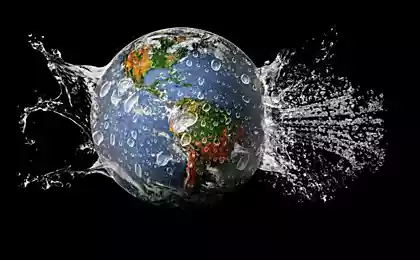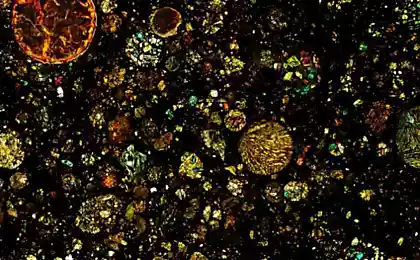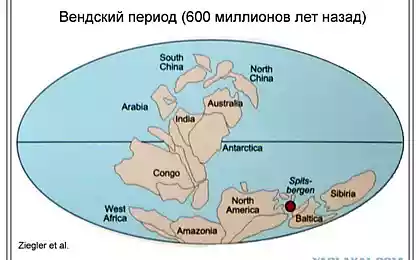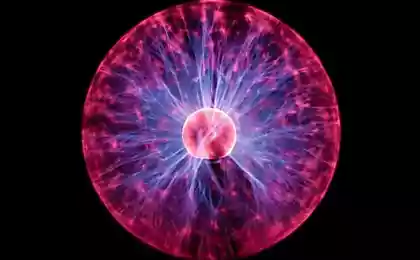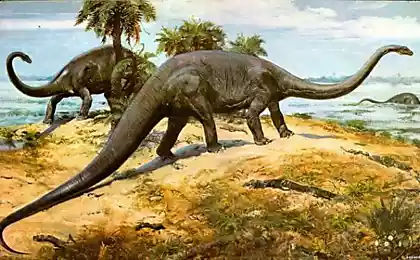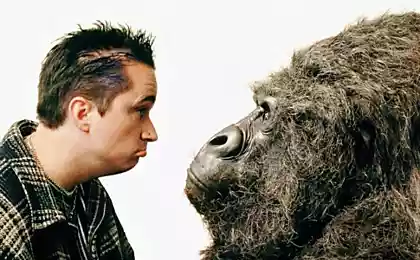512
Biologists have proved that the world began the sixth mass extinction
Biologists have calculated the exact rate of extinction of vertebrates today, and its high value has allowed them to say that now on Earth is really going sixth mass extinction of animals, not caused by natural causes and human activities. 
An international group of biologists claims, based on frequency data of species of flora and fauna in the past that now on Earth is really going sixth mass extinction of animals, not caused by natural causes and by human activities, according to a paper published in the journal Science Advances. "If the current trend continues, life will have to spend many millions of years to recover lost biodiversity, and our own species, will most likely disappear fairly quickly," said Ceballos, Gerardo (Gerardo Ceballos) from the Autonomous University of Mexico (Mexico).
Ceballos and his colleagues under the guidance of renowned ecologist Paul Ehrlich (Paul Ehrlich) from Stanford University (USA) came to this conclusion by counting the frequency of extinction of old species of mammals and other vertebrates during the previous mass extinctions of animals and plants, and also in a relatively "quiet" intervals between them.
As the scientists, they intentionally used the most conservative estimates, the maximum frequency of extinctions in "peacetime", the minimum frequency of species extinction today – in order to avoid accusations of alarmism and exaggeration.
According to their calculations, in the era prior to the anthropocene – age of man, every hundred years, disappeared for about two mammal species, for every ten thousand of the then existing species of animals. In the 20th century this figure rose to 114 times.
In other words, the number of species that ceased to exist during this time, usually disappears in 10 thousand years, not in one century. Rate of animal extinction in the last two centuries, as scholars have noted, is rapidly approaching, how fast disappearing flora and fauna species 66 million years ago when dinosaurs disappeared, marine reptiles and pterosaurs.
"We stress that our estimates are likely to greatly underestimate the magnitude of modern extinction as we tried to estimate the lower bound of the impact that human activity has on the ecosystem and diversity of species," the scientists write.
Is there a way out of this situation? According to Ehrlich, while humanity still has time in order to reduce the magnitude of the extinctions, however, this time window is rapidly closing. Today, according to him, about 40% of amphibian species is threatened with extinction and about a quarter of mammals are threatened with extinction.
"In order that we could avoid the really massive sixth extinction, we should almost instantly strengthen and expand measures for the conservation of species that are already threatened, and relieve the pressure on populations of these animals – namely, habitat loss, overexploitation and climate change," says the ecologist. published
P. S. And remember, only by changing their consumption — together we change the world! ©
Source: ria.ru/science/20150620/1079502955.html

An international group of biologists claims, based on frequency data of species of flora and fauna in the past that now on Earth is really going sixth mass extinction of animals, not caused by natural causes and by human activities, according to a paper published in the journal Science Advances. "If the current trend continues, life will have to spend many millions of years to recover lost biodiversity, and our own species, will most likely disappear fairly quickly," said Ceballos, Gerardo (Gerardo Ceballos) from the Autonomous University of Mexico (Mexico).
Ceballos and his colleagues under the guidance of renowned ecologist Paul Ehrlich (Paul Ehrlich) from Stanford University (USA) came to this conclusion by counting the frequency of extinction of old species of mammals and other vertebrates during the previous mass extinctions of animals and plants, and also in a relatively "quiet" intervals between them.
As the scientists, they intentionally used the most conservative estimates, the maximum frequency of extinctions in "peacetime", the minimum frequency of species extinction today – in order to avoid accusations of alarmism and exaggeration.
According to their calculations, in the era prior to the anthropocene – age of man, every hundred years, disappeared for about two mammal species, for every ten thousand of the then existing species of animals. In the 20th century this figure rose to 114 times.
In other words, the number of species that ceased to exist during this time, usually disappears in 10 thousand years, not in one century. Rate of animal extinction in the last two centuries, as scholars have noted, is rapidly approaching, how fast disappearing flora and fauna species 66 million years ago when dinosaurs disappeared, marine reptiles and pterosaurs.
"We stress that our estimates are likely to greatly underestimate the magnitude of modern extinction as we tried to estimate the lower bound of the impact that human activity has on the ecosystem and diversity of species," the scientists write.
Is there a way out of this situation? According to Ehrlich, while humanity still has time in order to reduce the magnitude of the extinctions, however, this time window is rapidly closing. Today, according to him, about 40% of amphibian species is threatened with extinction and about a quarter of mammals are threatened with extinction.
"In order that we could avoid the really massive sixth extinction, we should almost instantly strengthen and expand measures for the conservation of species that are already threatened, and relieve the pressure on populations of these animals – namely, habitat loss, overexploitation and climate change," says the ecologist. published
P. S. And remember, only by changing their consumption — together we change the world! ©
Source: ria.ru/science/20150620/1079502955.html
